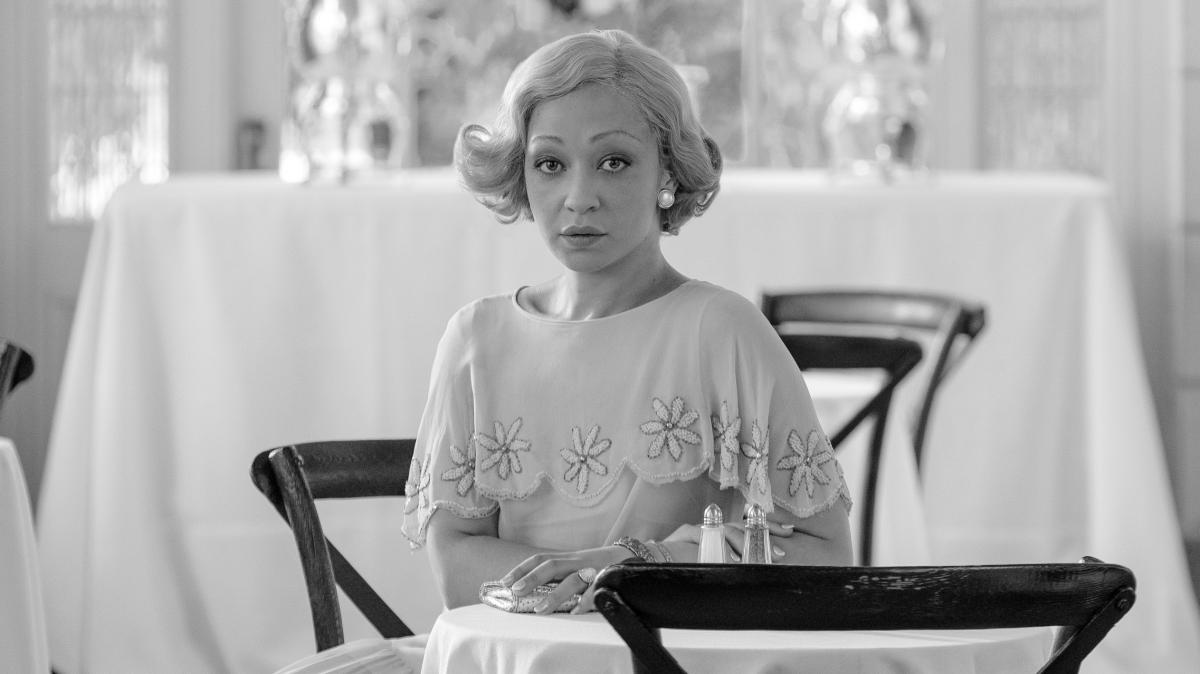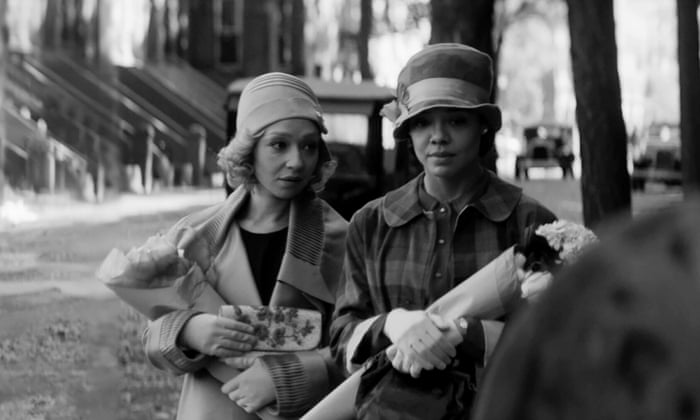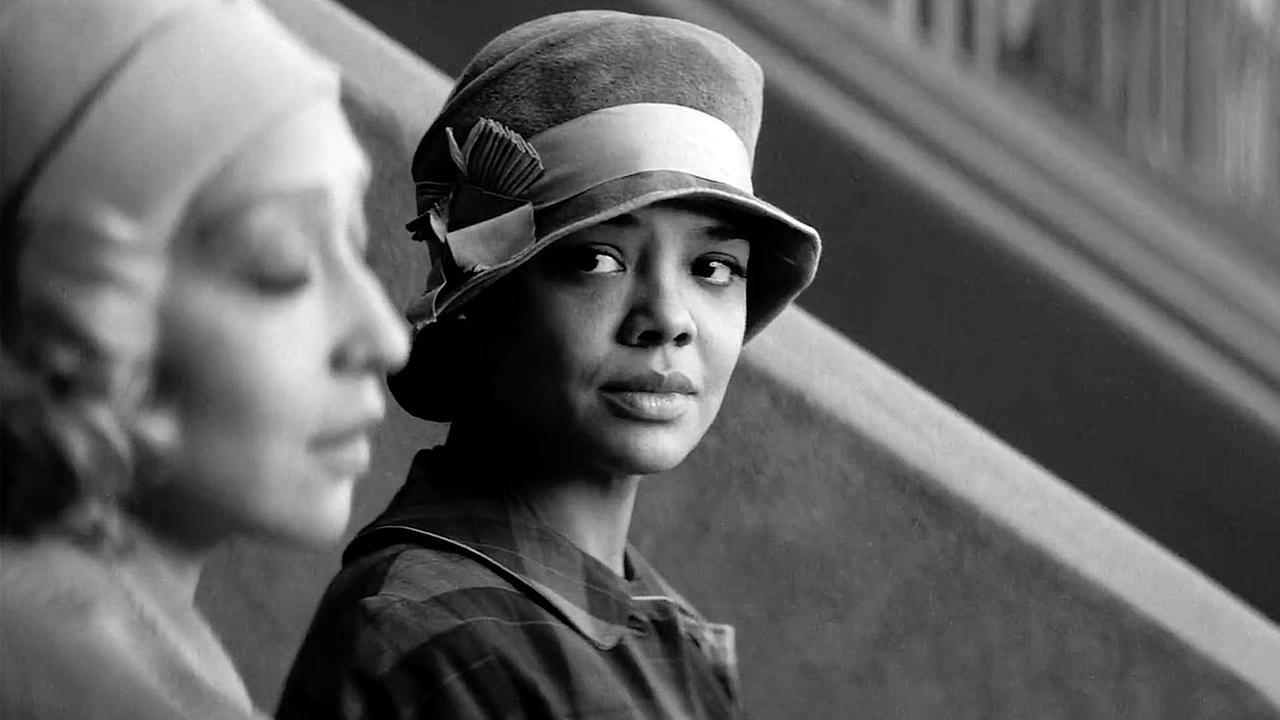When I first found out, there was going to be a film adaption of the novel Passing by Nella Larsen, I was over the moon. The story of a woman not knowing where she exists, whether that is the black world, the white world, or both, speaks true to this day. I was very impressed by the casting of the characters, such as Tessa Thompson being a queer light-skinned Afro-Panamanian actress (Irene Redfield) and Ruth Negga (Clare Kendry) a bi-racial actress herself, brings authentic representation to the film.
Passing (2021) is set in the roaring 20s, and our central protagonist is Irene Redfield, an African-American woman who is married and has two children. She seems to have it all, except whenever she’s reminded that she’s black living in a white world. The story also focuses on Irene’s childhood friend Clare Kendry, an African-American woman that chooses to pass for white to gain white privilege. Like in the novel, Passing acknowledges that passing for white doesn’t just give people white privileges. There’s an exotic beauty to being white that is called the standards of white beauty. Irene is enthralled by Clare’s white beauty and her white life. This fascination over Clare’s beauty can also hint at a homoerotic desire that the film does not shy away from.

What I most love about this film is the black-and-white metaphor for passing. The film is shot in black-and-white. This could be because writer and director, Rebecca Hall wanted her viewers to be transported into the 20s, and all movies in the 20s were shot in black-and-white. But the choice of monochromatic shades could reference what it means to be passing. Modern films that choose to film in black-and-white use grayscale. The grayscale is a range of shades of gray, where the darkest shade is black and the lightest is white. Gray can be a metaphor for in-betweenness and liminality, and this is what Clare Kendry symbolically represents. Clare has two entities co-existing in her body, her interior identity (black ancestry) and her exterior identity (white appearance). Similarly, the black and white shades are co-existing in the body (the body being the film). However, the tragic mulatto trope kills the passing-for-white character for existing in two worlds (black and white) that should not be mixed.

Irene points out the dangers of Clare’s racial identity being exposed, such as the fear for her safety and child. It can also be argued that Clare’s demise is the symbolic violence that passing folk face when exposed. All in all, Passing is a visually stunning portrayal of Larsen’s story with an inclusive cast, and the performances of Thompson and Negga are sensational.

Comments